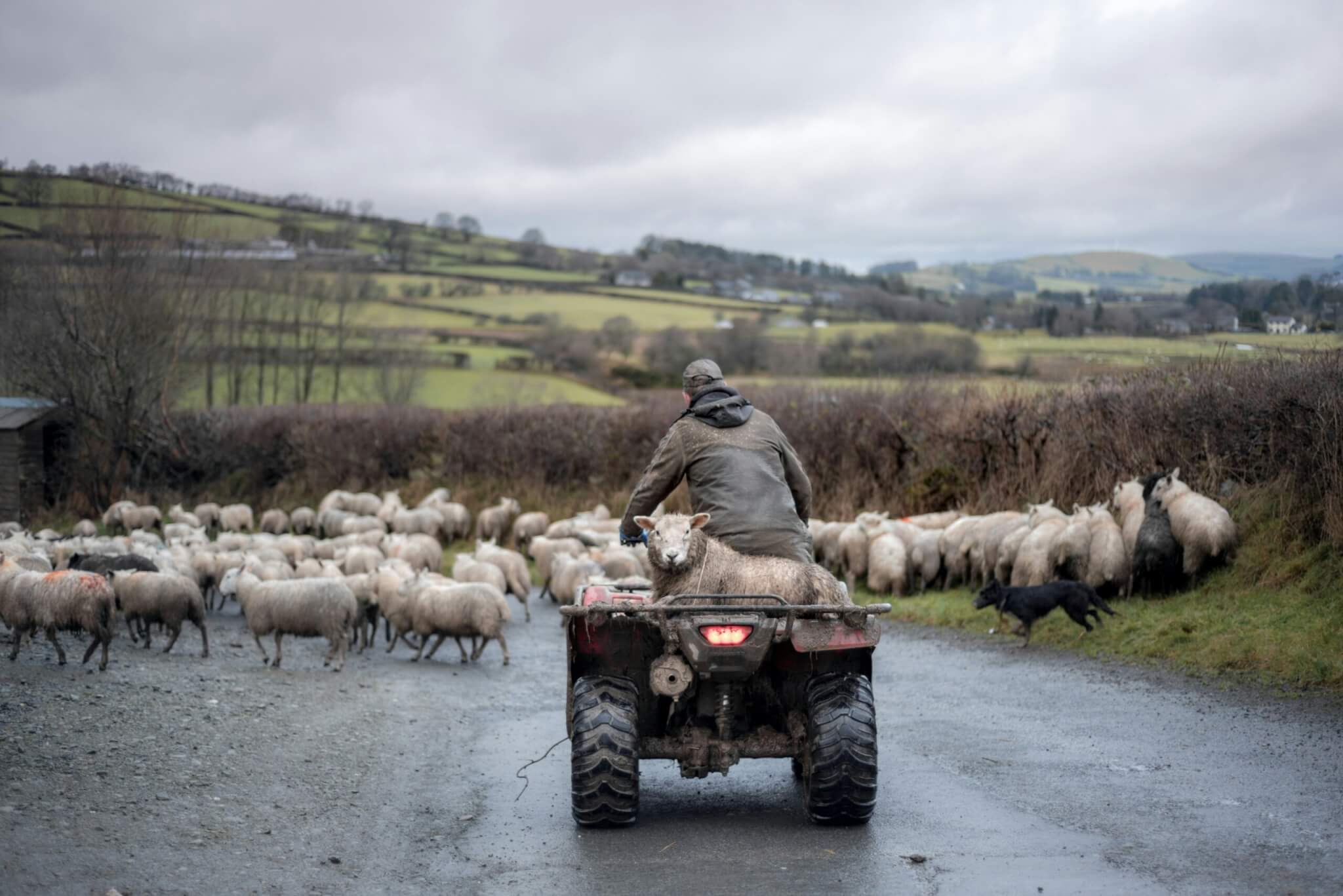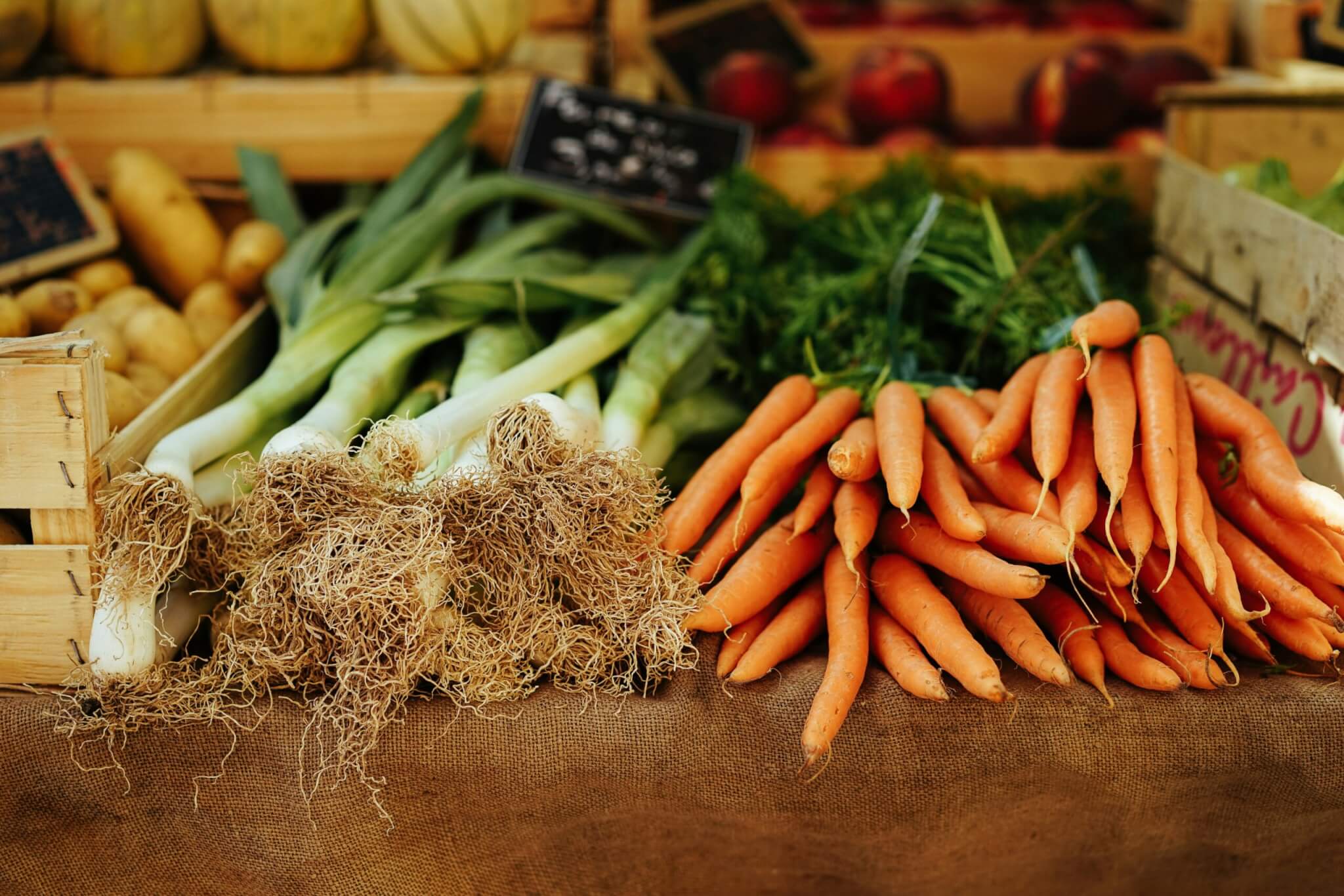A dry and sunny Easter gave ideal conditions to get ahead with planting at home; we are already irrigating in earnest to help the seedlings out and get the first lettuce, cabbage and spinach away to a good start. This meanwhile is being typed 250 miles south, under a tree on the banks of the reservoir of our farm in the French Vendée. As we come to the end of leeks, cabbage, purple sprouting and cauliflower at home I am here to check on the start of our hungry-gap-plugging French harvest. This morning we cut the first of a fine crop of outdoor lettuce and chard which are already chilling in the cold room ready for the trip north tonight; just as well, because it is already 25°C and climbing. The irrigation pump is purring away, sending water to germinate the first sweetcorn. Two weeks ago, many of our fields were too wet to travel on and our crops were being chilled by bitter easterlies; this week we are irrigating gasping plants and our peppers are keeling over from heat stress. The crop covers and low-level tunnels we use in early spring advance crops and keep off the wind, but the big question is always when to remove them. Ideally you pick a damp, warm overcast day to minimise the shock to the plants; if none are forecast, we take them off in the evening, water immediately, and hope.
In a bid to keep up we have brought in contractors for the heavy work of muck spreading and ploughing, allowing our team to pick in the mornings before moving on to sow and plant sweetcorn, peppers, chillies, sunflower, cape gooseberries, tomatillos, butternut squash and fennel in the afternoon. Every rusty wreck of a tractor is dragged from the back of the barn and every able body pressed into action in an attempt to keep up with the work; the next six weeks are critical here. Planting will soon be done but there is a scary amount of vegetables to be picked by a largely inexperienced team. The aim is to plug the hungry gap at home while we wait for those new season UK crops. To go from a plod to a sprint in just a few weeks and then back to a plod again is a management challenge, but we are getting better at it; my accountant even tells me that, for the first time, we made a very modest profit here last year.











0 Comments